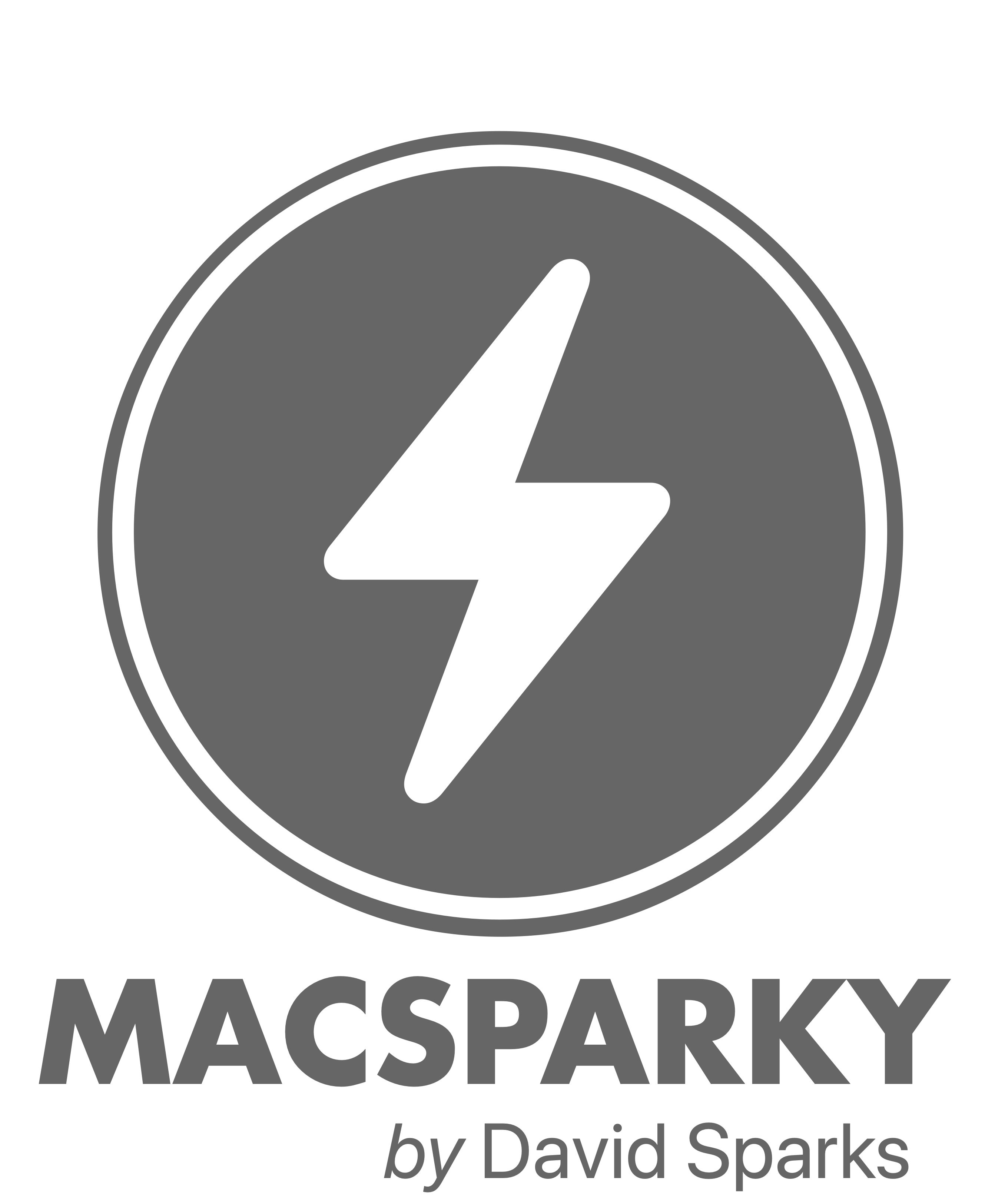Why I Love Text Files
Over the last few years I’ve woken up to the problem of how I store my digital words. Up until recently, I just wrote in whatever word processor was the flavor of the month. As a result my digital noodlings are a long stream of computery-type gibberish in various formats ranging from MacWrite to Scrivener.
The problem is, I spent very little time thinking about exactly what it means to put words into word processing files. Relying on these application files for our precious words is a mistake. Standards and preferences change. What your computer can understand today, it may not tomorrow. Below is a simple Microsoft Word document.
Just six words, default settings. Below is a screenshot of the file generated by Microsoft Word for those six words. (Note the scroll bar.)
As you can see, there is a lot more to this file than those six words. This problem is exponentially worse with more complex formatting.
Below is a screenshot of that same document as a text file.
There’s something to be said for the use of plain text files. Text is simple. Text files are easy to read on any computer running any operating system and don’t require any proprietary word processor to interpret. Even more important, text files can be read by humans. Keeping your writings in text makes them digitally immortal.
Moreover, text is internet friendly. The files are small and can jump among connected devices with poor connections like hopped up Disney faeries. It is really easy to work with your text files on any device from anywhere.
Why Now?
So why this sudden epiphany about text files? For me, there were several revalations on this road starting with me adopting Scrivener a few years ago as my primary word processor. This forced me to start thinking about making my words portable. I also adopted the Notational Velocity/Simplenote Tango.
I’m not alone in this. When the Mac development software matured to the point that independent developers could commercially make word processing applications, a lot of us grabbed our life vests and happily abandoned ship from Microsoft Word, looking for software lighter, friendlier, and cheaper.
The watershed event, however, was the iPad. Very quickly after using the iPad, I realized I didn’t need a full blown word processor on my iPad as much as I needed a way to enter, edit, and manipulate text. It had to be seemless and fast. iPad developers largely delivered and the Dropbox API provides the glue to hold it all together. Now we can write 1,000 words on our Macs, add 500 more on our PCs, rewrite the introduction on our iPads from a park bench and do the final proofread over a Taco on our phones, all using text.
Text Worthy?
So what do I put in all these fancy text files? Just about anything. I’ve got hundreds of them containing everything from some of my favorite latin quotes, (Sit vis nobiscum), to travel plans, to legal forms, to half written posts, and half-baked ideas. I also have my current Scrivener projects synced to my text databases.
Would You Like Formatting on That?
Using Markdown, you can add basic formatting to these text files including headings, bold, italic, and links. Markdown is ridiculously easy to learn and there are plenty of resources including John Gruber, the Mac Power Users, and Screencasts Online (featuring some of my own markdown files). The point is that Markdown, originally designed to generate HTML, is perfect for sharing text with formatting. The iPad didn’t exist when Markdown first appeared but it feels custom made for writing in plain text on multiple devices.
Show Me the Way
So here is my text workflow. I write primarily on my Mac but also use a PC at the office and (of course) my beloved iPad and iPhone. Everything syncs with absolutely no effort on my part.
The Backbone: SimpleNote
SimpleNote is a Web based text service that grew out of an iPhone notes app but became much, much more. SimpleNote does nothing more than sync text files with the kind of focus usually saved for teenage boys at the beach. It just works. Think Dropbox for text.
There are free iPad and iPhone apps that give you access to all your text. With a paid account ($20 per year) you can sync your text over to your Dropbox account.
Moreover, there is an open API letting third party developers tie into your SimpleNote database, which leads to Notational Velocity.
The Mac
My SimpleNote client of choice on the Mac is Notational Velocity alt, a Notational Velocity fork by my pal Brett Terpstra. I’ve already written about how this works.
The PC
After playing with the various options, I’ve settled on ResophNotes to sync my SimpleNote data to my Windows 7 PC. It isn’t as good as Notational Velocity, but it works. Another gem for writing text on the PC is WriteMonkey.
iOS
I covered the iOS SimpleNote app above but for longer writing projects, I like Nebulous Notes. There are a lot of text editors on the iPad. Nebulous Notes is my current favorite because it is stable, uses TextExpander snippets and includes a customizable top row for the keyboard and macros. Moving text between SimpleNote and Nebulous Notes can be done with a block and copy or (if you are a SimpleNote paid subscriber) accessing the Dropbox copy of the SimpleNote database.
Those Others
I’ve wrapped myself in the warm embrace of the walled garden and not spent much time outside iOS but there are several SimpleNote friendly text editors available for Android and WebOS.
If your text needs further word processing, do that at the end. Open Pages or Word and copy, format, finalize, and ship. So go ahead. Take the plunge. Embrace the joy of text.
MacSparky.com is sponsored by Bee Docs Timeline 3D. Make a timeline presentation with your Mac.
